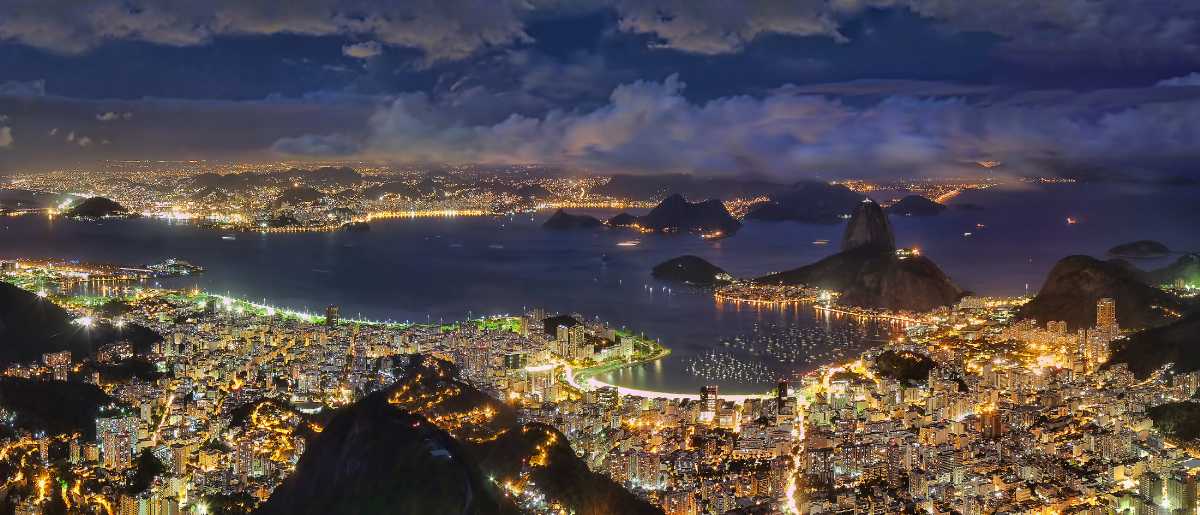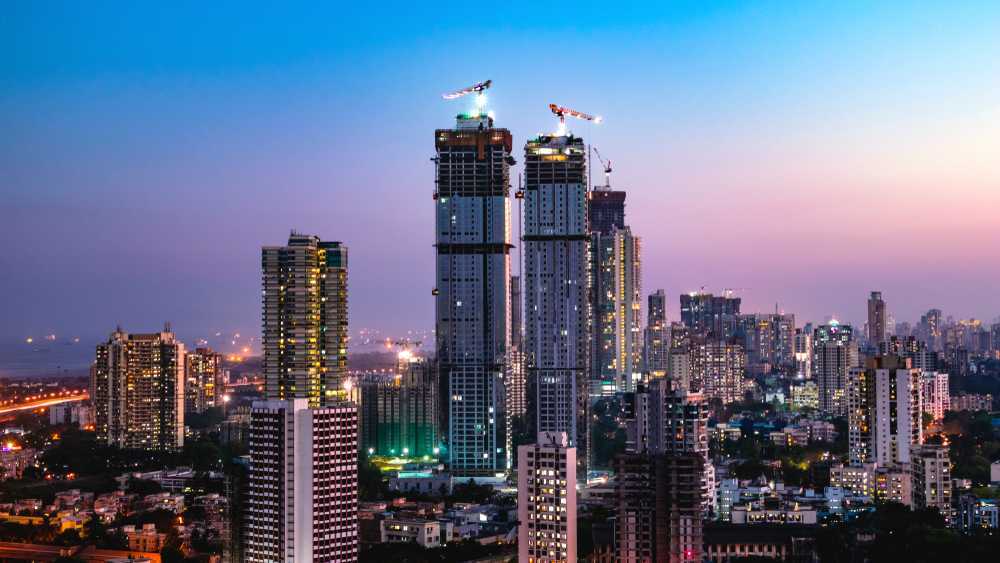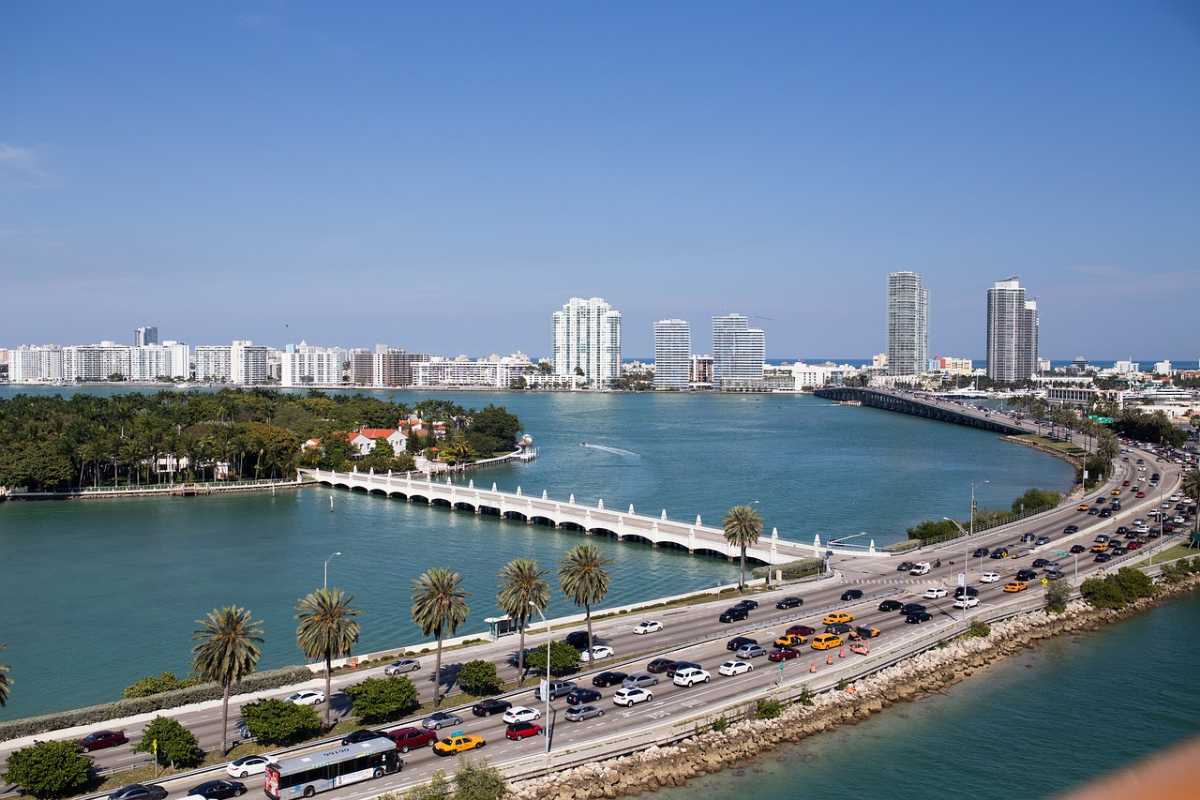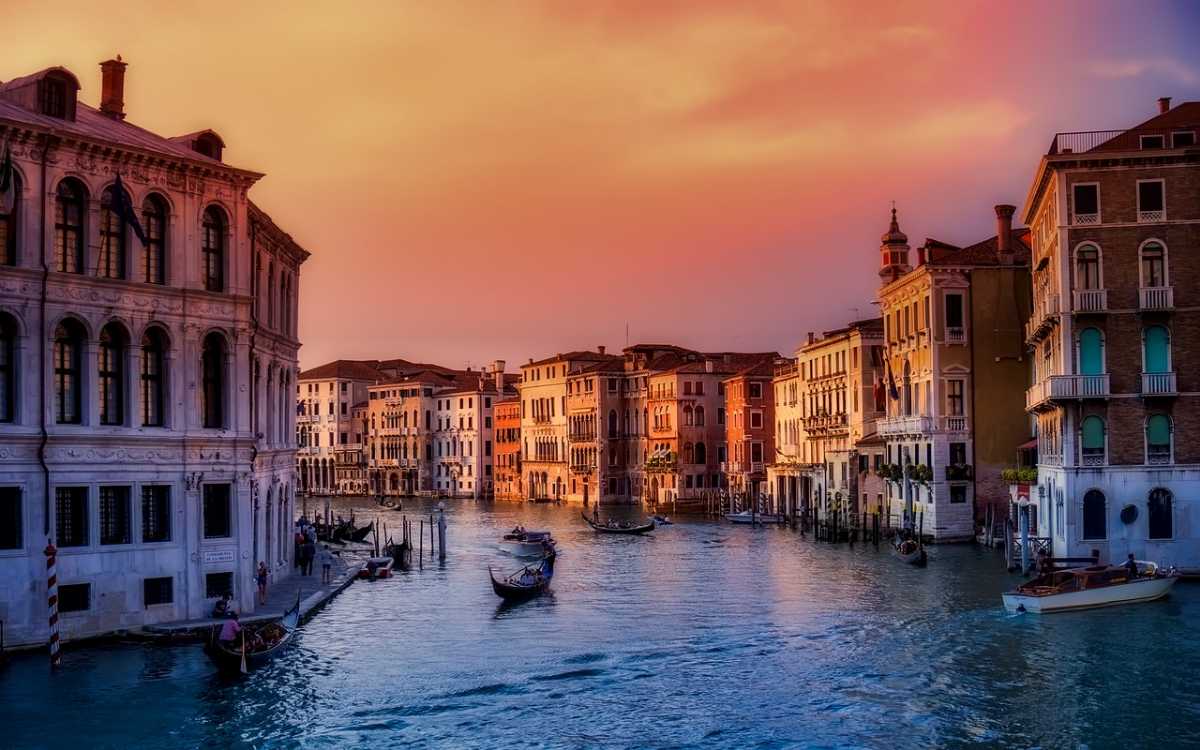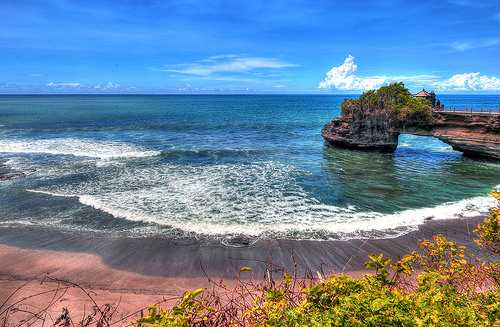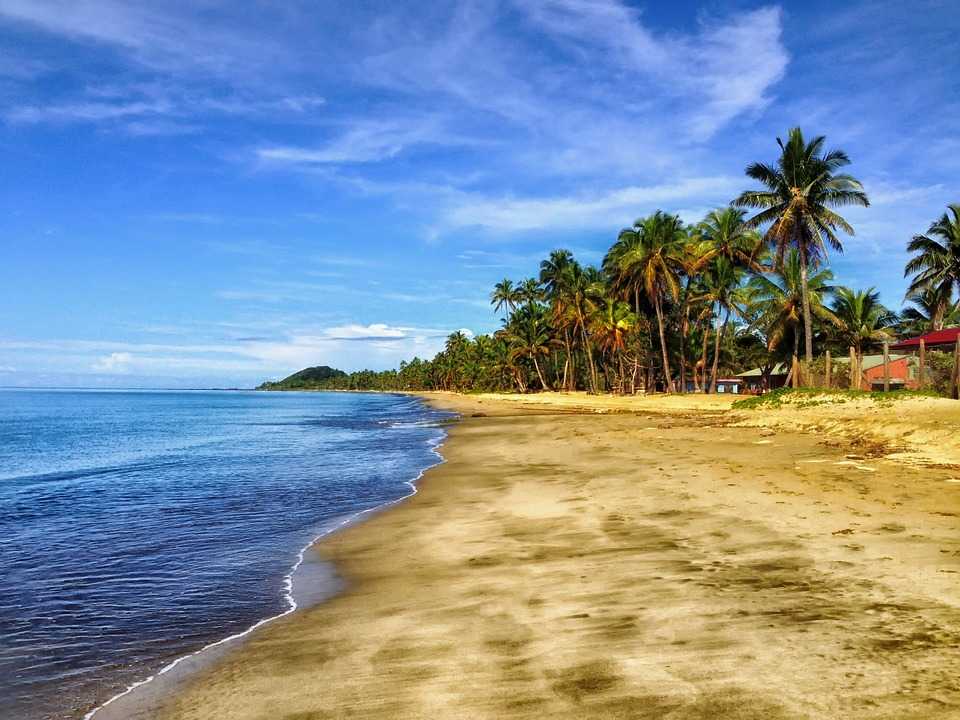22nd April has been celebrated every year since 1970 as Earth Day. It is an event celebrated globally by 193 countries. ‘Climate Change’ is the theme of Earth Day 2020 and amidst lockdown, what we can do is look into some of the destinations that have been serving travellers and locals alike but which may soon arrive at a critical state, or in the worst scenario, vanish completely, if we, humans, the potential wrecker of nature and environment continue with our careless ways. Some destinations that are at the onslaught of humans’ actions are:
1. The Maldives
The Maldives is a nation of islands, located in the Arabian Sea of the Indian Ocean. The islands are merely 2 metres above sea level and entitled ‘The lowest-lying country in the world’, which is the most vulnerable to rising sea levels. In 2004, the country suffered a tsunami attack which swallowed a two-thirds of the country, wiping off 20 islands from the face of the Earth. But, what is saddening is that tragedy goes on, rising temperature, melting of glaciers and increasing sea levels are displacing locals. If the trend continues, this island paradise will very soon become history.
2. The Dead Sea
The Dead Sea is one of the wonders of nature and also one of the saltiest. Its surface lies 1407 feet below sea level, making it the lowest point in the world. It contains 10 times more salt than the rest of the oceans and is known to possess therapeutic properties which can heal conditions of the skin, heart, lungs, etc. Ironically, these properties may be the reason why the sea is losing a part of it every year. It is shrinking at the rate of approximately 4 feet a year, as humans are continuously robbing the sea of its natural springs for use in cosmic and therapeutic companies. The sea lost one-third of its surface area, at the beginning of the present century when developments around the region began. Furthermore, construction of dams and reservoirs, over the years has reduced the inflow water levels to a mere 5% of their original volume. To make things worse, the sea is facing difficulties replenishing itself due to increasingly hot climate of the Middle East. Experts estimate that The Dead Sea will completely dry up by 2050 if the deadly things that the sea is subjected to go unchecked.
3. The Alps, Europe
The Alps, the highest and the most extensive mountain ranges that lie entirely in the European continent, stretching over 8 countries is now under threat. It is a paradise for skiers and other adventure seekers. However, global warming has taken a toll on the mountain ranges. Increasing temperature has led to melting of snow, thereby shortening the season for various winter sports. 2017 recorded a winter season which was 38 days short of the no. of winter days of 1960. According to experts, you will have to climb up to 10000-foot marks to see snow in the great ranges. With lesser winter days and lesser sports, resorts in the region have suffered losses and have taken up spa treatments and outdoor activities like horse riding and tennis, to compensate for the loss.
4. Great Barrier Reef, Australia
The Great Barrier Reef of Australia spreads over 1400 miles. It is the world’s largest coral reef system and is crammed with marine life. Every year, the reef sees millions of scuba divers and snorkelers. However, the constant rise of ocean temperature has resulted in mass coral bleaching, a condition in which coral reefs turn white, eventually leading to death. Scientists reported that 50% of the total corals have succumbed to death due to mass bleaching in 2016 and 2017.
5. Rio de Janeiro, Brazil
Rio de janeiro will probably be the South American City that is hit the hardest by global warming. Every year the city suffers mudslides, landslides, floods and shortage of water in the mountaintop neighbourhoods due to torrential rainstorms. If the temperature continues to rise as it has been rising in the past years, the sea level will rise to 32 inches by 2100, submerging beaches, airports and neighbourhoods.
6. Mumbai, India
Researchers have concluded that cities in the coastal areas, around the world, are at the risk of getting wiped out by 2050. Almost 75% of the world’s freshwater is stored in glaciers and ice sheets and their melting due to an increase in temperature is gradually pushing up the sea levels. According to an estimate, the Indian subcontinent will be robbed off 14000 sq. km of land, if the sea rises by just a metre and unfortunately, Mumbai is one of the cities that may submerge sooner than expected.
7. Miami
By the end of the century, a great many locations of Miami will be underwater. The billion-dollar infrastructures are like golf courses, condos, roads, etc. at the risk of getting swept away by the rising sea level. So, if we don’t fix our ways, millions of people have to flee the land for survival.
8. Venice, Italy
The city has been victimised by floods and more floods and climate change is the culprit behind the calamities. Many tourist destinations suffered severe damages and St. Mark’s Square, one of the lowest regions in the city was hit the hardest. Many of the historical buildings and structures are at the risk of completely getting destroyed as a great percentage of the city gets submerged during flood attacks. The “city is on its Knees” tweeted Venetian Mayor Luigi Brugnaro.
9. Bali
As temperature rises, so does the tendency to rain and incessant rain means flood. Indonesia, a country that is already on the warmer side, experiences great rainfall every year. Jakarta, another part of Indonesia, experienced a severe flood in 2007 which damaged 70000 houses. Jakarta and Bali receive similar rainfalls, which put Bali at the same risk, sooner or later.
10. Fiji
Since 1942, two major islands of Fiji have been experiencing lesser of the cool nights and more of the warm days. Even though it is one of the least contributors to global carbon emissions, it has not been spared the danger that other parts of the Earth suffer due to climate change. Unless immediate measures are taken, the land is going to be doomed.
Before it gets too late, let us learn from the present scenario, of how the Earth is healing and glowing everywhere. Let's be less greedy and more sympathetic to mother Nature and the creatures, because only then, will we be able to save the Earth.
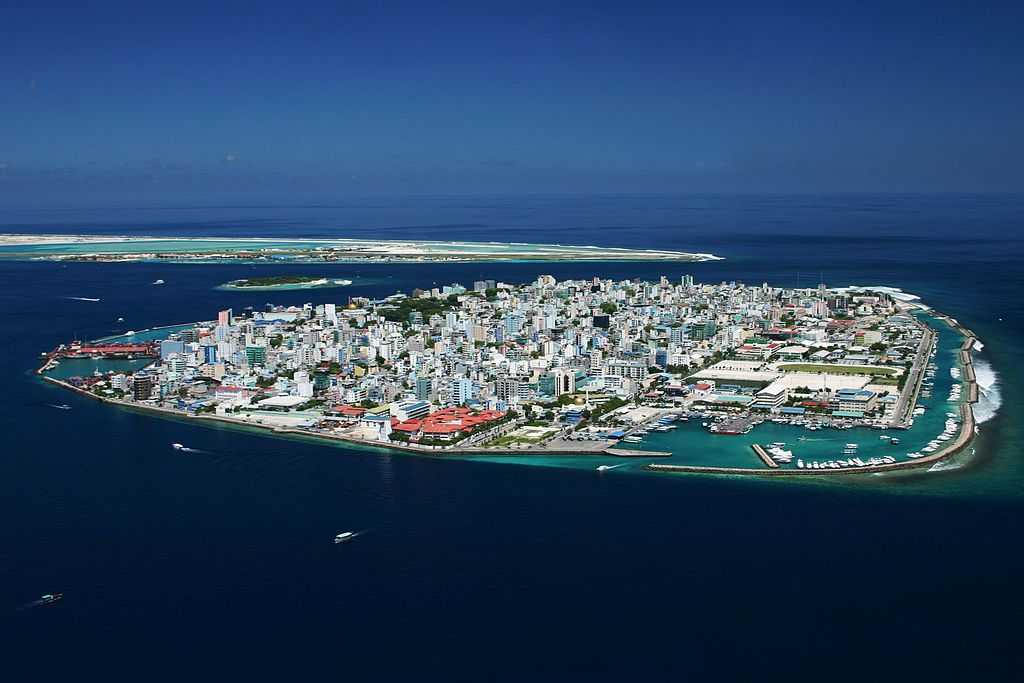
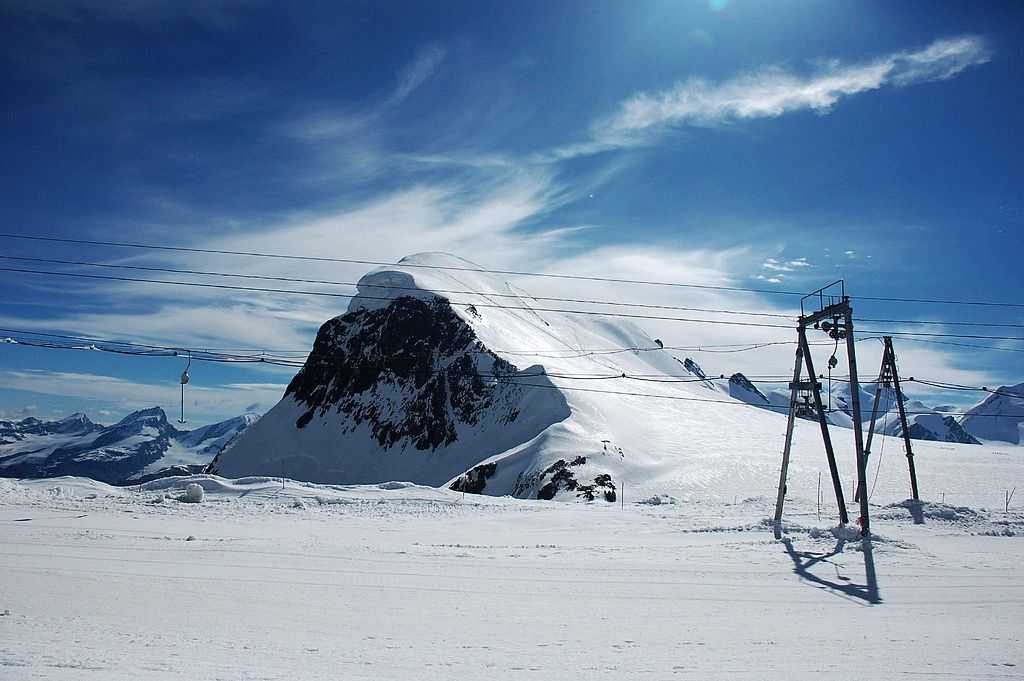
_20200114154430.jpg)
